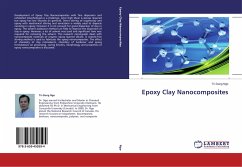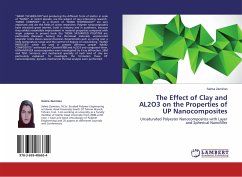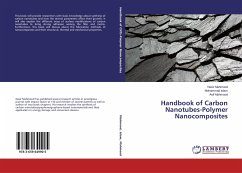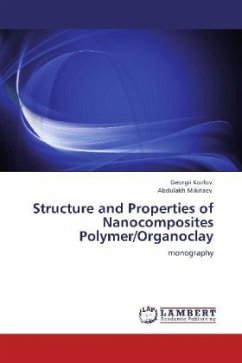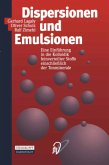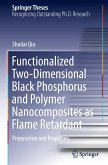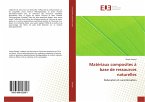Development of Epoxy Clay Nanocomposites with fine dispersion and exfoliated morphologies is a challenge, since high shear is always required but epoxy has low viscosity (in general). Direct stirring of organoclay and epoxy with mechanical stirring and sonication is widely used to disperse nanoclay in epoxy. However it is not enough for good dispersion of clay in epoxy. The solvent assistance method can help to improve the dispersion of clay in epoxy. However, a lot of solvent was used and significant time was required for removing the solvent. This research monograph deals with nanocomposite materials of organic epoxy layered silicate. A solvent-free stirring method is used to fabricate the epoxy nanocomposites. The effect of chemistry of clay intercalants, chemistry of hardener and epoxy formulations on processing, curing kinetics, morphology and properties of epoxy nanocomposites is discussed.
Bitte wählen Sie Ihr Anliegen aus.
Rechnungen
Retourenschein anfordern
Bestellstatus
Storno

